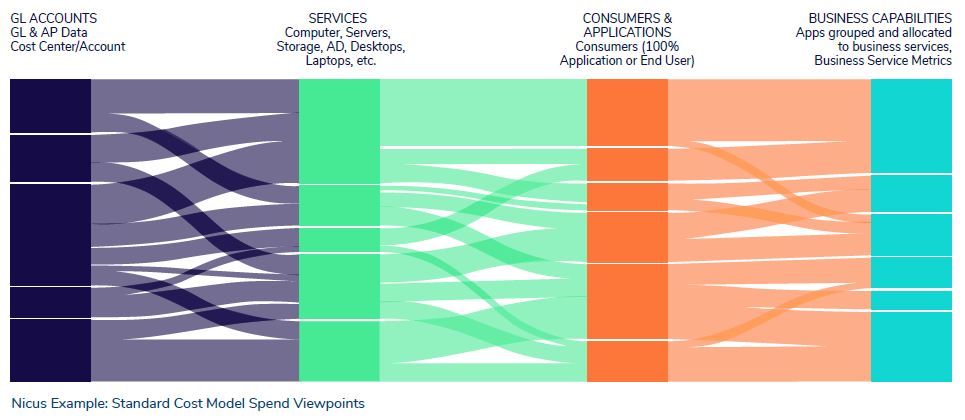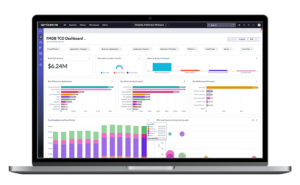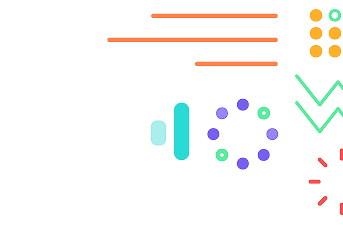If you’ve made the decision or have been tasked with building a cost model, it’s likely your organization and its stakeholders seek a deeper understanding of cost vs. value for informed decision-making. As you approach the journey ahead, it is important that you remain focused on your goals and your model includes, minimally, these three capabilities:
Key Capability #1: Create multi-dimensional views
There are four layered allocation views in all standard cost models. Here’s an explanation of each and what they accomplish for key stakeholders:

- Services view – gives insight into technology service costs and unit rates, enabling service managers to drive rates down then benchmark against peers, outside suppliers, and internal performance metrics.
- Consumer view – shows each organizational entity’s service consumption and what it delivers, helping the CIO demonstrate value.
- Application view – accurately calculates Total Cost of Ownership (TCO) for applications and enables application rationalization exercises.
- Business capability view – demonstrates how costs support beneficial functions for the overall enterprise and helps CIOs align new and existing spend with valuable business outcomes.
Key Capability #2: Accept inputs from budgets, actuals, and forecasts
Many models are designed to accept only one dimension of inputs, usually budget data. But building your model to accept actuals and forecasts in addition to budgets extends its utility by leaps and bounds.

By combining all three data sources, you get visibility of not only what services are supposed to cost, but also what they truly end up costing and what you can expect them to cost moving forward – enabling you to incorporate model outputs into service P&Ls, chargebacks or showbacks, and multi-year planning.
Key Capability #3: Trace costs forward and backward
Having both forward and backward traceability in your model is important for two primary reasons:
- Drilling backward lets you investigate each step in the model to pinpoint every cost driver behind any given business function – crucial for defending spend, spotting inefficiency, and proving value.
- Drilling forward is essential for justifying new spend – giving you the ability to input projected costs of initiatives and projects, then run an impact analysis revealing how they allocate out to drive business objectives.
For further guidance on this journey including model design, building and managing your cost model, socializing and defending the model, download our eBook, A Practitioner’s Guide to Cost Modeling.





